An employer, administrator, or insurance company may want to settle a workers’ compensation claim. Before reaching an agreement, it is important to know the difference between the two main types of workers’ comp settlement options. These options are a compromise and release (C&R) and a stipulation. Here, our Fresno workers’ compensation defense lawyersexplain the most important things you should know C&Rs and stipulations.
Understanding the Two Types of Workers’ Compensation Settlements
A workers’ compensation claim may be settled through a compromise and release or through a stipulation. Here is a basic overview of these two types of workers’ comp settlements:
- Compromise and Release (C&R): With a compromise and release (C&R), an injured worker must agree to settle their entire claim—including their right to seek additional medical treatment in the future. In effect, this means that a C&R ends the case. An injured worker will no longer have the right to get any future medical care paid for by workers’ compensation insurance.
- A Stipulation: With a stipulation, an injured worker receives money but also keeps the right to seek additional medical care in the future. In other words, the injured worker will receive the PPD benefits consistent with the assigned disability rating and he or she will be able to get more medical treatment covered if deemed reasonable and necessary.
The bottom line: The key difference between a C&R and a stipulation is coverage of future medical care. With both types of settlements, an injured worker will get their disability benefits. However, with a C&R, the employer/insurer provides additional financial compensation in exchange for removing any obligation to cover future medical care.
California Law: Right to Negotiate a C&R, But a Judge Must Approve of the Agreement
In California, the parties have a right to negotiate a compromise and release to resolve their claim. These settlements are often effective for both parties. In fact, the majority of workers’ comp claims are now settled through C&Rs. It is important to note that these agreements must be approved by a judge. That being said, California law does give the courts considerable flexibility to approve C&R agreements. Under Cal. Lab. Code § 5001, a compromise and release can be approved during any stage of the legal process, including during a mandatory status conference, a settlement conference, or a workers’ compensation trial. A California judge can deny a C&R settlement deemed unfair to the worker.

